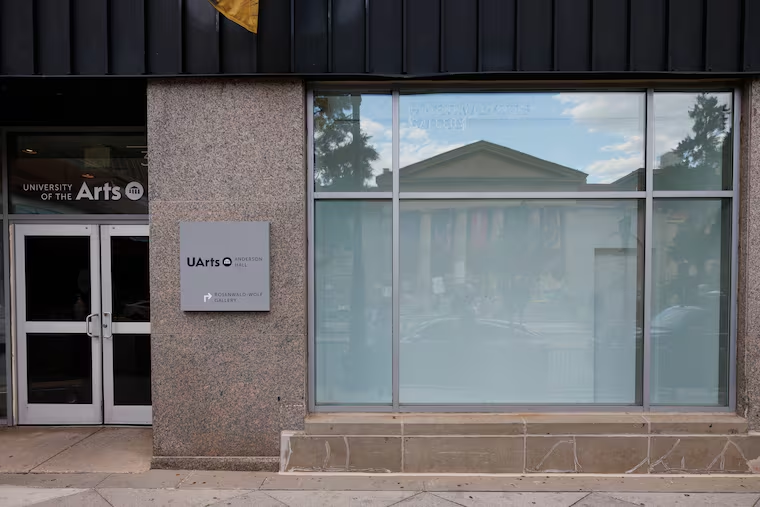UArts’ sudden closure was a shock, but not a big surprise in the turbulent higher-ed landscape
University officials still haven't said what financial crisis emerged suddenly last month to precipitate the closure. But even before that, the school's financial outlook was extremely weak.
